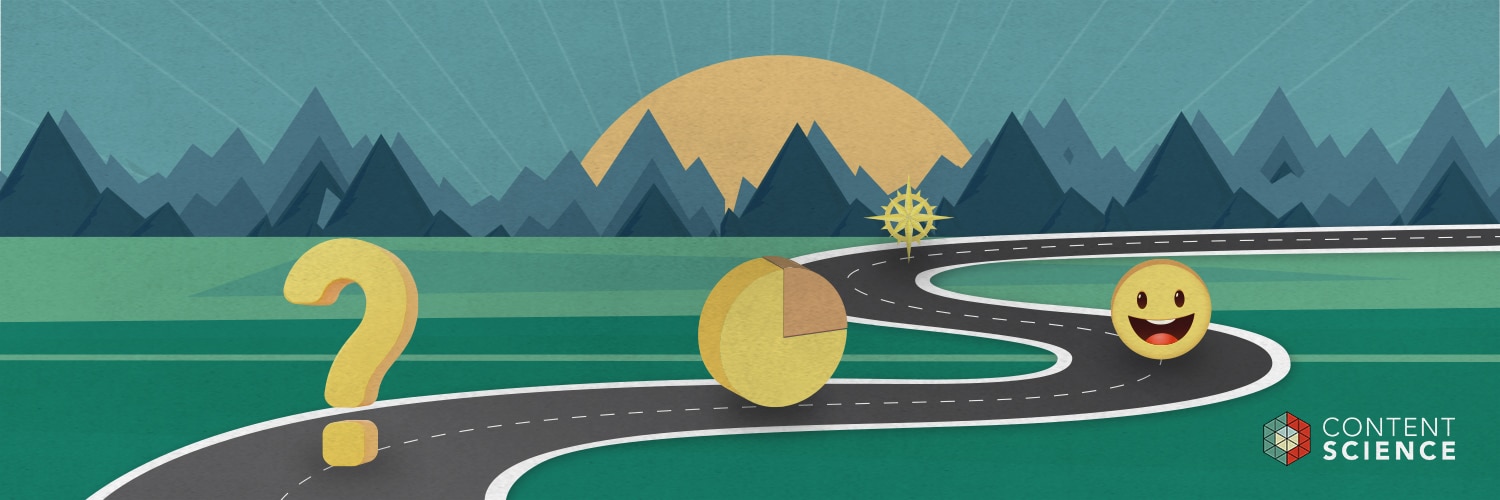
User journeys. Buyer journeys. User stories. Customer experience maps. Regardless of what you call it, documenting user or customer needs has expanded beyond the user persona. Defining user journeys is a big effort that takes time and resources, so you’ll probably want to ensure the result doesn’t, well, suck. The last thing you want is to create a pretty user journey graphic that no one uses because they don’t see the value in it, don’t agree with it, or don’t understand how to apply it.
At Content Science, we’ve facilitated the creation of user journeys for years with an eye toward filling the content gap. A user journey that doesn’t reflect content insight or clearly apply to content strategy and planning will not be useful enough to bring you value. Why? Because the bulk of user experience is finding, consuming, and using or acting on content.
So, to avoid the risk of investing in user journeys that don’t work for content, I’m sharing four ways to ensure those journeys are, in fact, useful.
1. Go Beyond User Tasks. Capture User Questions and Decisions.
In the digital world, there is an obsession with user or customer behavior. Marketers want users to convert. Designers want users to successfully achieve their goals. So, it’s no surprise that a task (behavior) flow has become a foundation of user journeys.
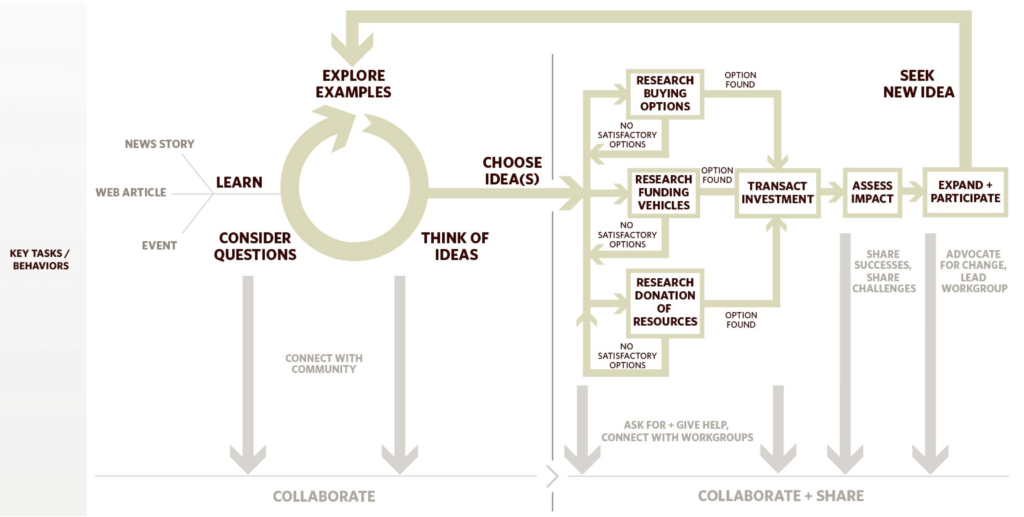
I don’t disagree that behavior is important. But I disagree behavior is everything. Before, during, and after someone takes an action, he or she has thoughts and makes decisions. That’s an incredible opportunity for content to guide and influence users.
So, how do you capture more than behavior in a user journey? Include key questions users are trying to answer and key decisions they are trying to make. Here is an example.

What if you’re not sure what those questions and decisions really are? Let’s turn to the second way to make user journeys useful.
2. Insist That Content Intelligence + Content People Inform the User Journeys.
One reason I love user journeys is you can layer in key data to tell a rich story about your users in one infographic. I highly recommend including data from content intelligence. Some examples of data that can be useful to understanding your users’ mindset and its impact on their behavior include:
- Surveys and ratings focused on user perceptions and satisfaction.
- Analysis of content engagement (page views, downloads, time on site).
- Analysis of customer inquiries (calls, emails, social, etc.).
- Search engine rankings and keywords.
- Usability-style testing + qualitative research (especially if you’re defining a journey for a completely new experience).
- Third-party research about trends and key demographics (Pew Internet, Forrester, Content Marketing Institute, Content Science, etc.).
This wealth of content intelligence can reveal patterns in the questions, concerns, hesitations, barriers, drivers, and motivators for your users. For example, we recently facilitated defining the user journey for prospects of a credentialing program. In looking at the data, we discovered that a key question users had was “How does this credential compare to obtaining my MBA?” to help them decide whether to pursue the credential, the MBA, or both. Big opportunity for content.
And don’t ignore the wealth of perspective that content people—writers, content strategists, editors, content marketers, community managers, social media coordinators, and related roles—can bring to user journeys. Their jobs center on anticipating, addressing, or otherwise responding to user questions and decisions. You can bet they will have useful anecdotes, examples, and perspectives to flesh out the decisions, questions … and even emotions (see 3). Include content people in your working sessions to define user journeys.
3. Build on Emotional Highs and Lows. Capture Specific User Emotions.
Users experience emotions during their journey. Most commonly, user journeys represent these as highs and lows, peaks and valleys. That’s certainly important.
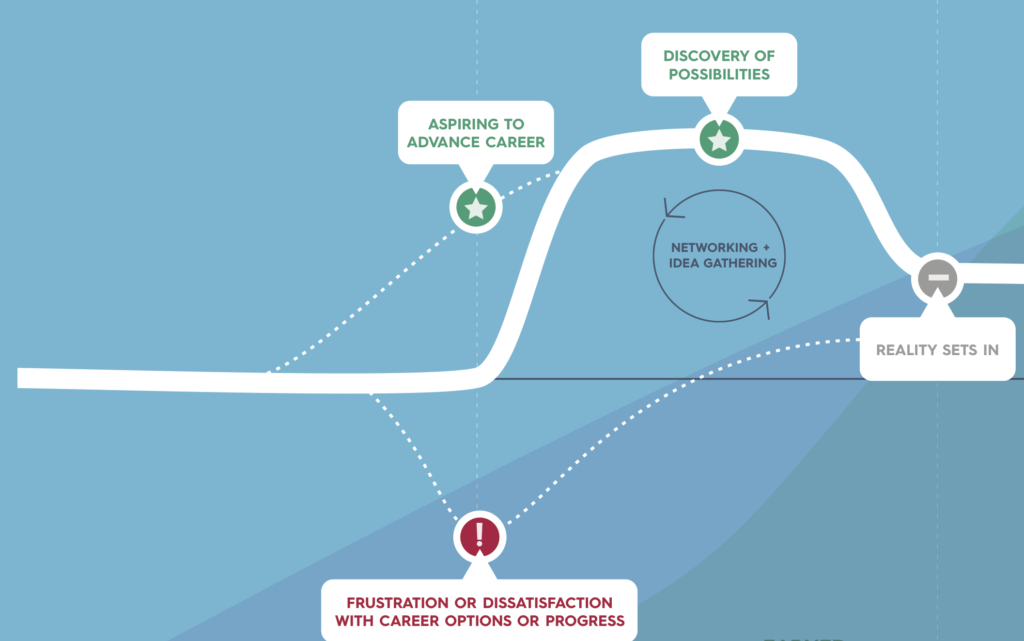
But, to be useful for content, I find user journeys need more specifics about emotion. This addition can be as simple as a brief list in each phase of the journey.

How does this detail help content? By providing clues to appropriate topics, priority, and tone. Imagine you’re preparing for a trip from the U.S. to China and searching online for the vaccinations you need. You find CDC suggests a long list of potential vaccinations. You instantly feel anxiety because you’re not fond of shots or taking time for lengthy visits to the clinic. Now imagine the ways content from CDC could address this anxiety. For example, explore other formats besides a ponderous list and clarify that most travelers to the region need only one or two shots unless they are visiting a rural area or farm. I’m only scratching the surface, of course.
The emotions your users experience will be different from this travel health example, but the opportunity to let emotions spark ideas for content in each phase of the journey is the same. You will not be able to make the most of that opportunity without identifying specific emotions in your user journeys.
4. Track Multiple Channels or Touchpoints for the Journey.
In our fragmented digital world, our users and customers interact with us through more than the website. If your user journeys ignore this fact, they will have limited usefulness for content and might even cause confusion. Here is an example summary of channels and touchpoints for the one phase of the user journey with a nonprofit in the local food movement.
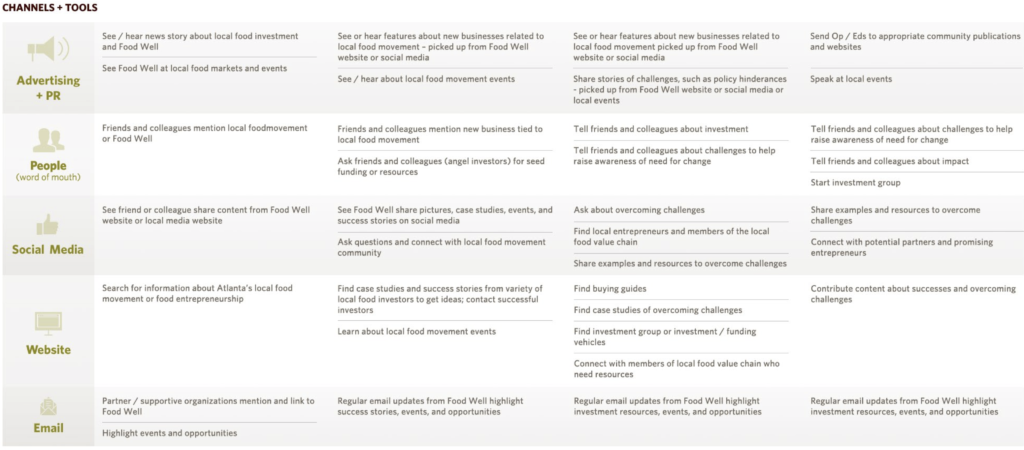
When you know the channels your users prefer in each stage, you can identify opportunities to:
o Reuse content across channels.
o Optimize content for priority channels.
o Distribute content more effectively in each journey stage.
Let’s consider an example. A media company focused on the U.S. automobile industry decided it wanted to better support the user journey for buying vehicles. The company identified the earliest stage as Dream and reviewed its own user research as well as current trends for how millennials in the U.S. become inspired about vehicles. The company realized that visually oriented social media channels such as Pinterest and Instagram were critical to supporting the Dream stage. With that clear awareness, the media company then could flesh out the content strategy and social media strategy for that stage.
So, don’t leave your user journeys open to the risk of being pretty but impractical. Use these four considerations to make your user journeys meaningful for your content strategy and planning. And for a deeper dive, don’t miss the user journey course in our Content Strategy Certification and Content Design Certification.


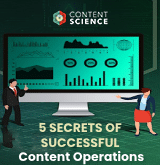





Comments
Great article! When we map user journeys we can also map the emotions of the users. I wrote about this topic in a blog post recently, where I also share some real-life examples, and a few tricks we use with my team. Read it here: https://uxstudioteam.com/ux-blog/user-journey-design-flows/
Comments are closed.
We invite you to share your perspective in a constructive way. To comment, please sign in or register. Our moderating team will review all comments and may edit them for clarity. Our team also may delete comments that are off-topic or disrespectful. All postings become the property of
Content Science Review.